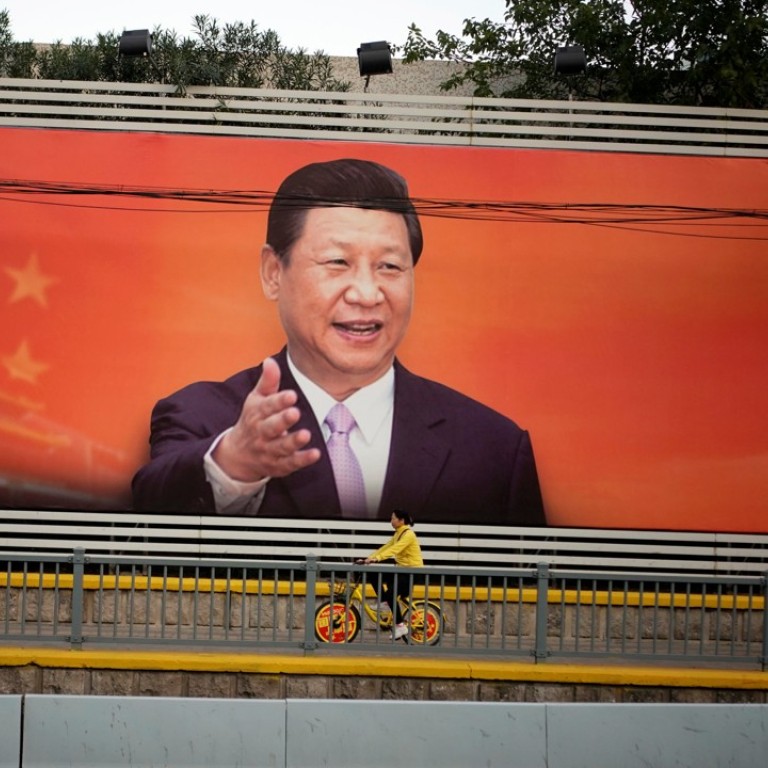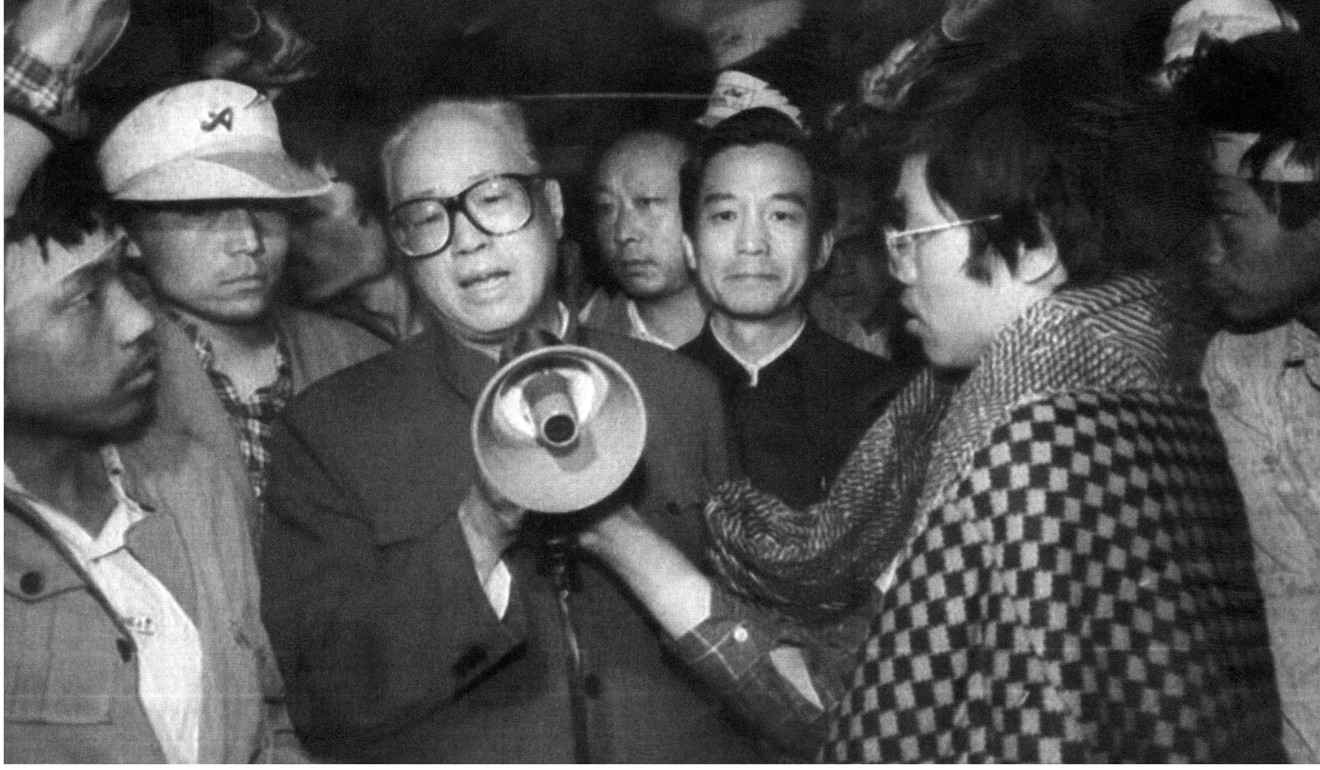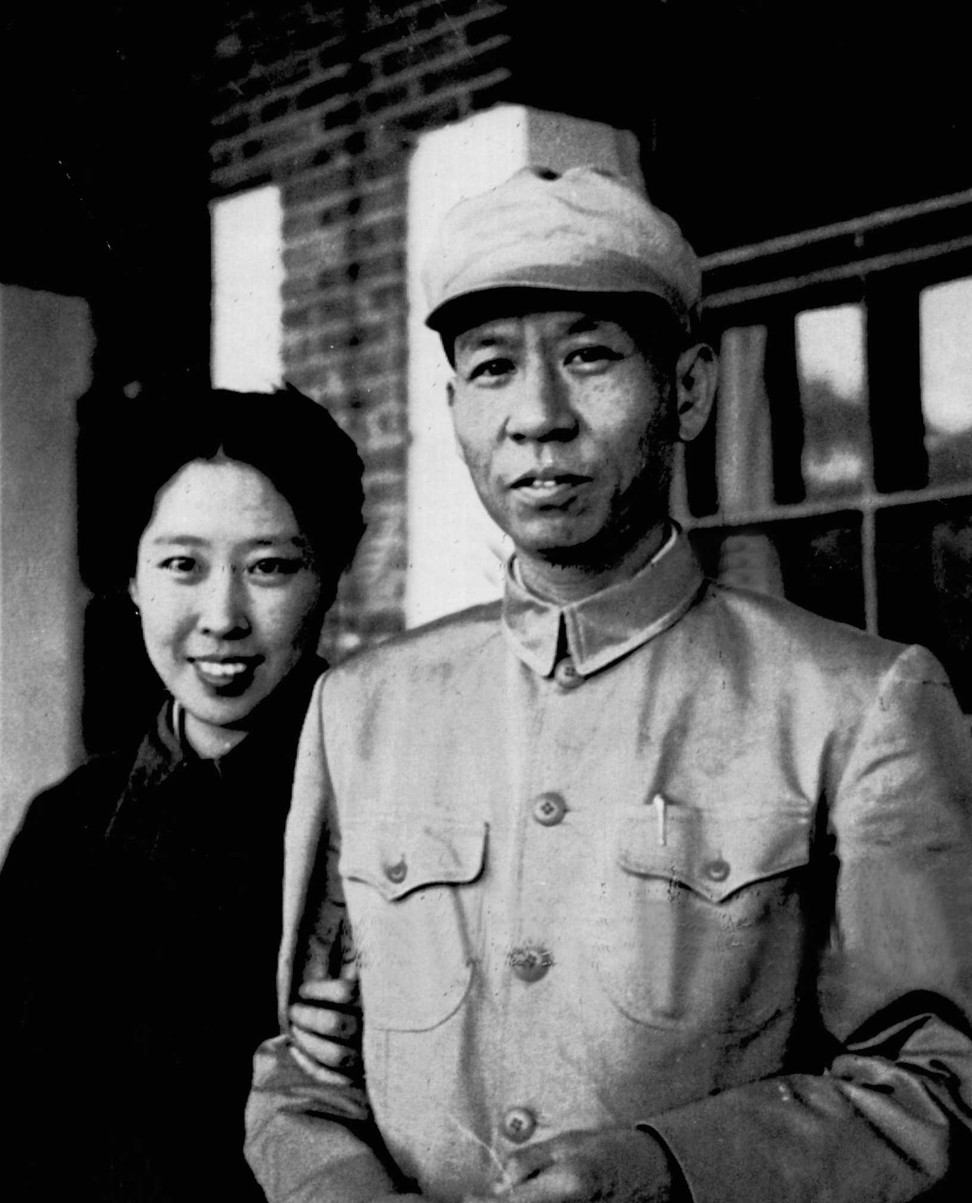
A new era dawns for Xi Jinping’s China, but what will it mean for the rest of the world?
David Zweig says the Communist Party’s goal to build national power follows logically from its earlier focuses on national unity and wealth creation. But a political system that is ideologically driven and in the grip of an almost all-powerful leader could be a recipe for disaster
But what exactly do they mean by a “new era”? What are the common characteristics of these three eras and what can they tell us about China’s path forward?
The three eras share three common themes: first, opponents of the dominant leader must be removed from office, some through retirement, but others through purges; second, the party puts forward a new guiding ideology attributed to this one leader, which all party members must follow unquestionably and in a “unified” manner; and, third, China takes on a historic task, which all members must unswervingly seek to attain.
While many analysts see the first era starting in 1949, preparations for it actually began in Yan’an, the communist base in Shaanxi province where the party settled after the 1934-35 Long March. During the Rectification Campaign of 1942, all party members were forced into intensive study sessions to internalise the newly emerging Mao Zedong Thought, creating “unified thinking” within the party.
Multimedia: Cultural Revolution, 50 years on
Mao’s role, too, was elevated dramatically. In 1943, the top party leaders secretly decided that Mao would have the last word on all policy decisions, and in 1945, at the 7th party congress, “Mao Zedong Thought” was enshrined in the party constitution, further elevating Mao’s status over the other leaders, as the party prepared for the great historic task at hand – winning the civil war with the Kuomintang and unifying the country.
Documents from reformist icon Zhao Ziyang give rare insight into China at crossroads

Ironically, the purge of the reformers created the political context for the new era of political stability and rapid economic growth. With his “southern trip” in January 1992, Deng single-handedly reinvigorated economic reform, and the party, at its 14th party congress that fall, announced the construction of a “socialist market economy”.
For almost 20 years, top leaders shared the common goal of enriching the country through daring economic reforms, all the while abjuring political liberalisation
Thereafter, for almost 20 years, top leaders shared the common goal of enriching the country through daring economic reforms, all the while abjuring political liberalisation. No doubt, issues such as the massive privatisation of 1996-2000, Jiang Zemin’s idea of letting capitalists into the party, or the decision to join the World Trade Organisation led to some sharp inner party disagreements.
Both Jiang and Hu Jintao each removed a member of the Politburo on the eve of their second term of office as general secretary, to demonstrate their power. However, during the Hu era, competing power centres emerged within the party, and factional disputes emerged. Still, due to an overall consensus on the best path for rapidly developing China, the party successfully strengthened China and significantly improved the lives of most Chinese citizens.
Analysis: What China’s leadership reshuffle means for Xi Jinping’s new era
Xi has been laying out many new ideas on governance, foreign policy, party construction, ideological conformity, resolving social inequality and economic development, all of which have come together at the party congress as a new “thought”. This “thought”, now bearing Xi’s name, places him on a pedestal equal to Mao and above Deng, whose ideas, after his death, were only called a “theory”. The 19th party congress articulated the new “Xi Jinping Thought on Socialism with Chinese Characteristics for a New Era”, even labelling it as appropriate for other countries seeking independent economic development without interference from the institutions of international capitalism.
Xi Jinping Thought – the Communist Party’s tighter grip on China in 16 characters
Finally, Xi and other leaders have set out the historic new task for the next three decades. Internally, the goal is to resolve the imbalance between uneven development and the people’s material needs – suggesting that growth with equality will now occur. But more important, Xi has announced that the third era will build China into a very powerful state that can fulfil the “China Dream” and re-establish China as a, if not the, world leader.
‘Xi Jinping Thought’ enshrined in the party charter
But the Chinese leadership must be careful.
The desire to re-establish China’s greatness on the world stage is understandable. And in retrospect, the three eras show a logical progression from re-establishing national unity, quickly becoming a moderately wealthy country, and now building comprehensive national power.
Reform or repression: what will the next five years bring for China?
But a political system that is highly centralised, ideologically driven, under one charismatic, almost all-powerful leader, with striking ambitions of global military grandeur and influence, could also be a recipe for disaster, as it closes out alternative ideas within its leadership, risks military overexpansion, suppresses all societal expression, and generates international coalitions of states that fear its escalating power.
Thus in this third era, China is at a crossroads – will it be the confident and constructive China that solves its own dilemmas and contributes positively to resolving the world’s problems, or a more aggressive China, which itself becomes a problem?
Dr David Zweig is chair professor in the Division of Social Science and director of the Centre on China’s Transnational Relations, at the Hong Kong University of Science and Technology


